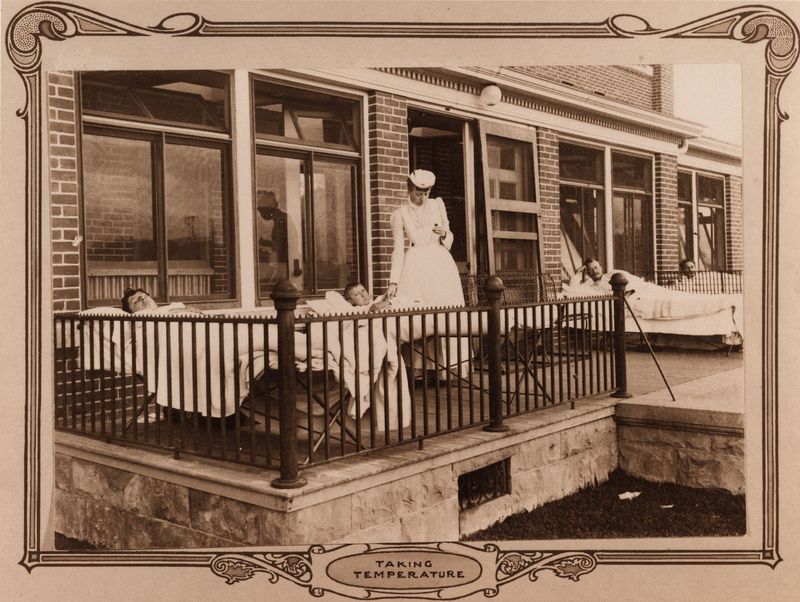Chasing The Cure
Tuberculosis (TB) was the leading cause of death in late nineteenth and early twentieth century America. Tuberculosis and the quest for health had a major impact on attracting people to Colorado during that era. By 1925, as much as 60% of Colorado’s population had migrated to the state, either directly or indirectly, for treatment of tuberculosis, including Denver’s Robert Speer and the founders of the Jewish-owned May Company and the Neusteter women’s fashion store. For well-to-do consumptives, a space in a fine boarding house, hotel, or even an exclusive sanatorium like Cragmor in Colorado Springs was possible. But for tuberculosis victims doubly afflicted with both disease and poverty, the prospects were bleak. It was Colorado’s tiny Jewish community, numbering no more than 500 in the decades of the nineteenth century, which first came to the aid of tuberculosis victims with two free and non-sectarian tuberculosis sanatoriums. The National Jewish Hospital for Consumptives (NJH) opened in 1899 and the Jewish Consumptives’ Relief Society (JCRS) followed in 1904. National Jewish Hospital pioneered the sanatorium movement in Colorado, and Colorado was the only state in America to boast two national Jewish tuberculosis sanatoriums. Collections in the Ira M. and Peryle Beck Memorial Archives of Rocky Mountain History reflect the story of tuberculosis and its treatment.
